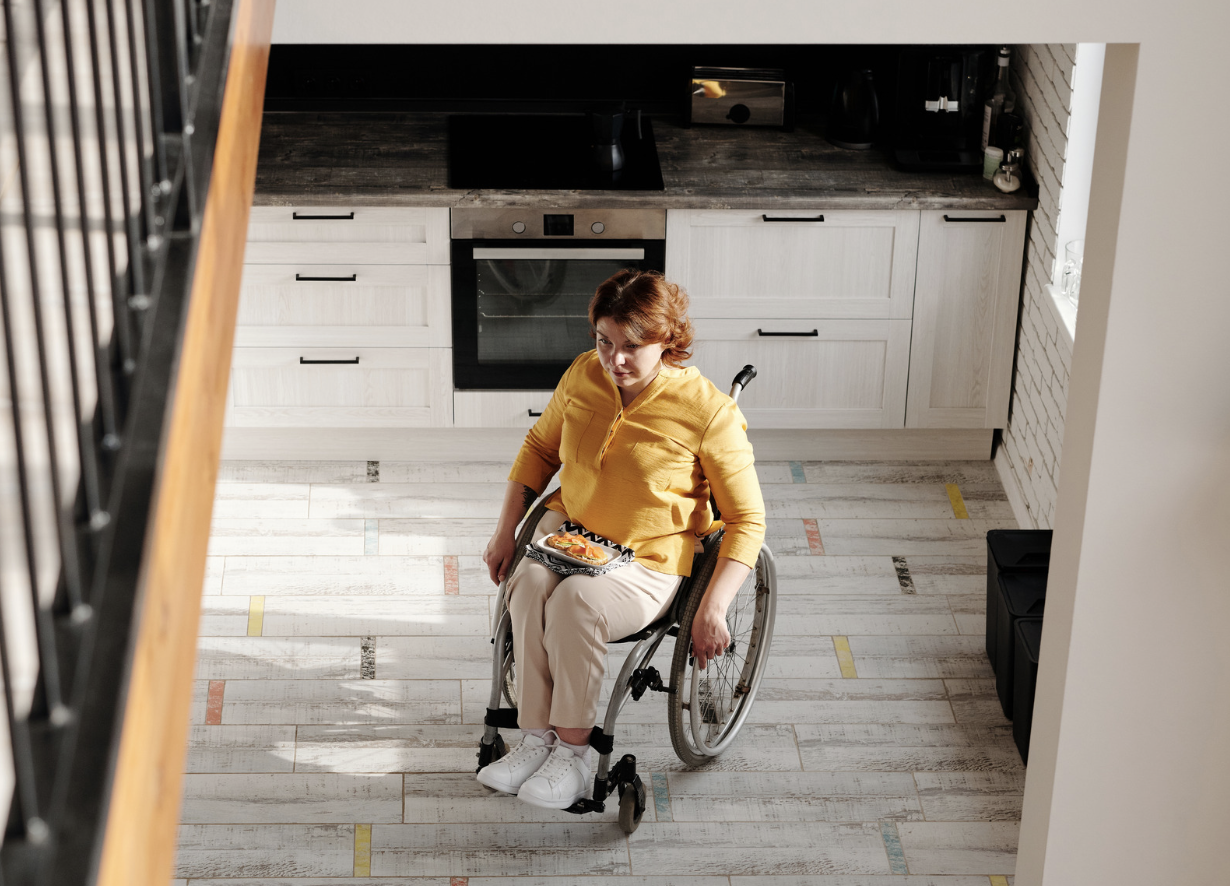People who use mobility devices come to them for different reasons: they may have used a wheelchair their entire life, they may need the rollator for only a short time as the result of an injury, or they may come to rely on a walker or transport chair over time due to progressive illness or aging.
Something they all have in common, though, is that they are more than just their device. They are parents and sisters and teachers and students, from all ages and professions and walks of life.
So it’s important to know how you can be helpful to them and how to be–the opposite of helpful. Here are a few tips.
Ask the person how you can help
If you see a user struggling with their device, don’t just step in – ask them what the problem is and if you can help. They know their device and maybe the issue is something that happens frequently. Worse, don’t ask a companion or caregiver how you can help – always address the person directly.
Choose routes that are friendly to the mobility device
Beyond the obvious of avoiding stairs or steep slopes, look out for bumpy ground or routes that will be difficult to roll along. Resist the urge to take over and act as if you know more about terrain than a person who navigates it daily, but feel free to point out any obstacles that may become a problem. Ask the device user what routes they prefer, or what types of ground work best for their devices. If you are helping to push the device, be sure to check well beforehand so they can weigh in on how you should navigate the space; for example, to push a transport chair more slowly over a dirt pathway. Check in regularly about your pace and handling.

If you do help, know your limits
Nobody benefits if you try to help with a mobility device and you end up unable to lift or push them, or worse, you hurt yourself doing so. Again, let the device user guide you in terms of how you can help, and know your own capacity in terms of lifting and walking.
Don’t feel the need to avoid talking about the device entirely
Another way we humans sometimes cope with what feels awkward is to avoid talking about them altogether. More helpful is to address the device without making it the focus of every conversation. Remember to focus on your relationship first, whether it be friend, relative or someone you just met. After you’ve settled into conversation, feel free to ask your device user friend how they are finding it, what it helps them with, and what they don’t like.

Resist making a million suggestions on how they can improve their experience with it, and truly listen to how they’re feeling about the device. Support comes in more forms than just mobility devices!

